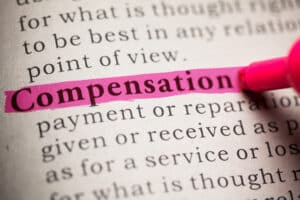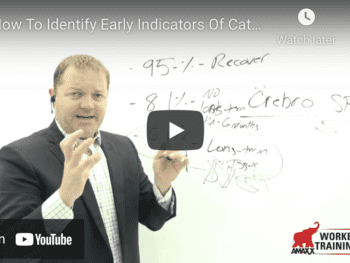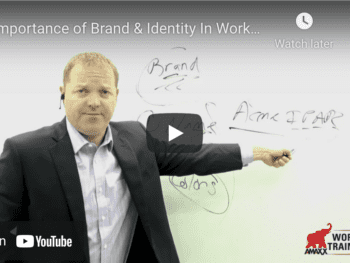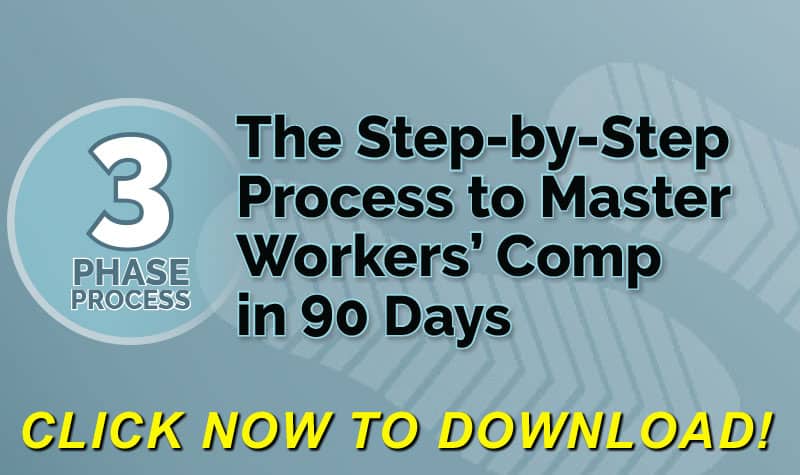
Payroll Figures
To establish your company’s workers’ compensation premium, the insurer will gather all the information needed, starting with the payroll figures for each job classification within the company. [If you have a lost time claim, the employee’s indemnity is based on the employee’s earnings; therefore the insurer needs to know the payroll information]. The more employees you have, the higher the payroll. Therefore the total amount of payroll is a key concern for the work comp insurer.
Click Link to Access Free PDF Download
Loss of History
The insurance company’s underwriter will review your loss history to determine how frequent your company experiences a workers’ compensation claim and the nature of those claims. The higher the frequency of claims, the higher the insurance premium will be. The underwriter will compare the frequency of claims your company experiences with the claim frequency of other companies who are of similar size within your industry.
In addition to analyzing the frequency of claims, the underwriter will review and study the nature and severity of the claims reported. The underwriter gauges severity not by the medical reports on the injured employees, but by the amount of money spent on the claims for medical benefits and indemnity payments. If the overall level of severity of your company’s claims is greater than other companies within your industry, the underwriter will adjust the insurance premium accordingly.
Risk Classification Exposure
The most difficult aspect of understanding how your insurance premium is calculated for most employers is what is called risk classification exposure. The type of business you are in is assigned a risk classification by the underwriter. All coal mining companies have the same risk classification which is unique to coal miners. All law firms have the same risk classification which is unique to lawyers. All fine Italian restaurants have the same risk classification which is unique for fine restaurants. Each industry has its own risk classification to compare companies that have similar business operations.
By giving your company the same risk classification as your competitors, the underwriter is able to base your insurance premium on the history of claims for your industry. To do this, a base rate is charged for the risk classification level. The base rate is calculated by multiplying one percent per $100 of total payroll. For example, the base rate for the coal miner might be $8 per $100 of payroll, while the base rate for the lawyer could be $0.50 per $100 of payroll. The cost of work comp insurance for the coal miner making $1,000 per week would be $80 ($1,000 X $8 X .01) per week, while the cost of work comp insurance for the lawyer making $2,000 per week would be $10 ($2,000 X $0.50 X .01)
Experience Modification Rate
The base rate is then modified by the underwriter based on the frequency and severity of the injuries your employees have experienced in the past. The lower the frequency of injuries, and the lower the severity of the injuries, the more the underwriter will lower your insurance premium. Conversely, the higher the frequency and severity of the injuries, the higher your insurance rate will be. This modification of the base rate is known as the experience modification rate.
FREE DOWNLOAD: “Step-By-Step Process To Master Workers’ Comp In 90 Days”
Every employer wants the underwriter to apply some discounts to the insurance premium. In order to obtain discounts, the employer needs to be able to show the underwriter efforts the employer has made or is making to limit the number of work related injuries and to reduce the severity of the injuries if they do occur. Employers can obtain discounts for having a strong safety drug, being a drug-free workplace, and by having a health and wellness program.
There is nothing an employer can do to legitimately change their risk classification exposure or their base rate. There are numerous approaches an employer can take to reduce the frequency and severity of their claims and improve their experience modification rate.

Contact: mstack@reduceyourworkerscomp.com.
Workers’ Comp Roundup Blog: http://blog.reduceyourworkerscomp.com/
©2023 Amaxx LLC. All rights reserved under International Copyright Law.
Do not use this information without independent verification. All state laws vary. You should consult with your insurance broker, attorney, or qualified professional.
FREE DOWNLOAD: “Step-By-Step Process To Master Workers’ Comp In 90 Days”
















